On the Move: Collaborating with Private and Public Partners on Grid Security and Resilience
July 19, 2018Over the last two weeks, I’ve met with many of our industry and government partners across the country to discuss how, working together, we can best continue improving the security and resilience of the nation’s energy critical infrastructure. We face a rapidly changing energy landscape and both natural and manmade threats. Collaboration is vital to ensuring that, collectively, we keep the energy flowing to America’s communities and businesses.
One way that we coordinate and align government and industry efforts toward common national security, resilience, and preparedness goals is through Sector Coordinating Councils. These councils provide a forum where critical infrastructure owners and operators, their trade associations, and others can interact and collaborate with government on security and resilience issues. The Electricity Subsector Coordinating Council (ESCC) is a group of 30 leaders from across the electricity sector, including 21 utility CEOs, who meet three times a year to coordinate how we will work as a team to prepare for, and respond to, national-level disasters and threats to critical infrastructure. We also work closely with the Oil and Natural Gas Subsector Coordinating Council.
Last week, the ESCC and Energy Government Coordinating Council (EGCC) held their second joint meeting of 2018 at Idaho National Laboratory to collaborate on cutting-edge R&D to benefit the security and resilience of the electricity subsector. Under Secretary of Energy Mark Menezes co-chaired the meeting on behalf of the Department. While we were at INL, he and I also toured the National Cybersecurity and Communications Integration Center with INL Director Dr. Mark Peters and INL Associate Director Zachary Tudor.
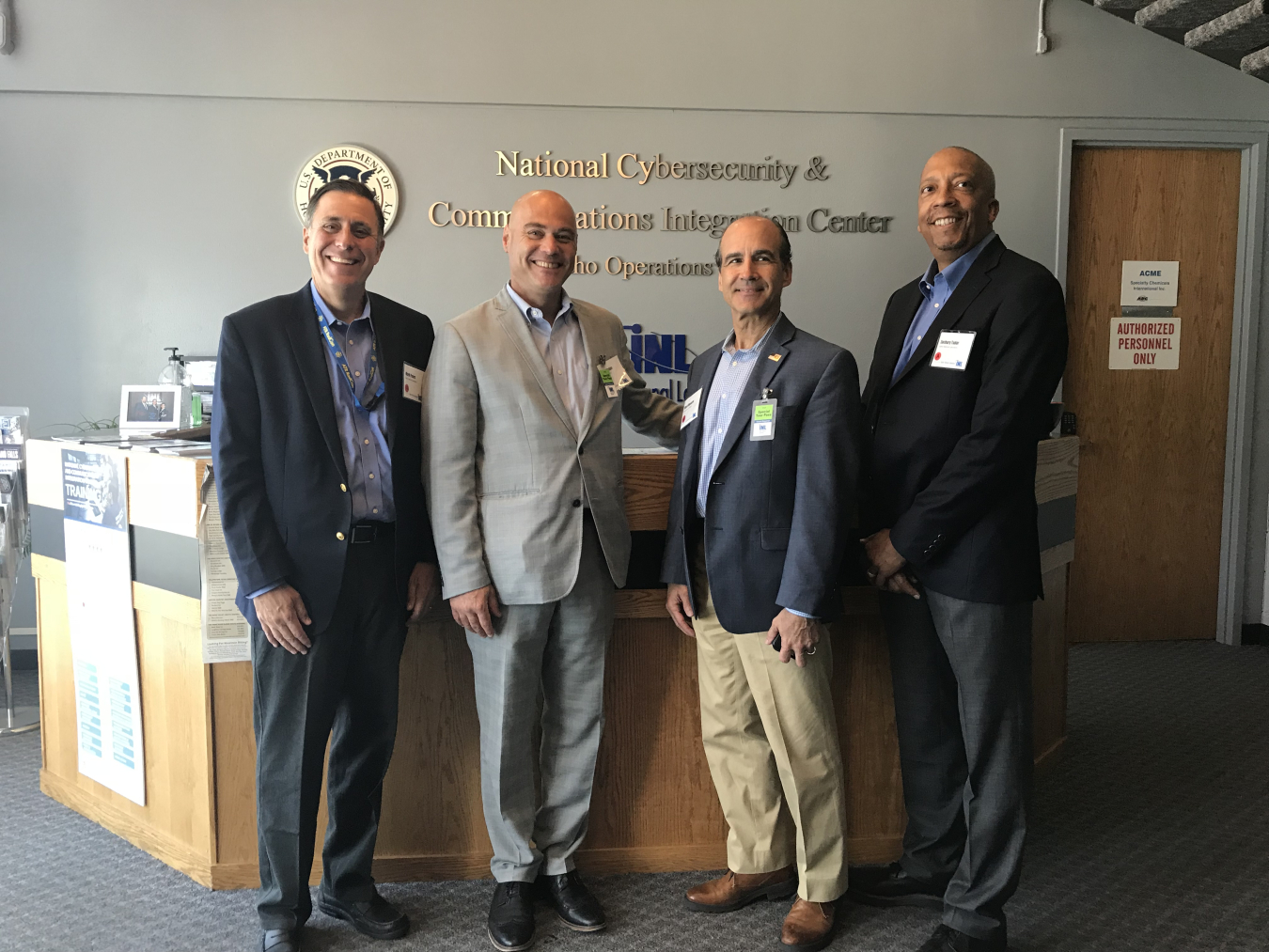
During this week’s National Association of Regulatory Utility Commissioners’ Summer Policy Summit in Phoenix, I discussed taking a risk-based approach to continue advancing reliability and resilience in the U.S. electric power system. While weather delays prevented me from attending in person, I was pleased to still have the opportunity to share my thoughts by video and acknowledge the significant work the commissions across the country are doing in the rapidly evolving landscape that we are all operating in. I believe there is a need for all of us in the regulatory framework to acknowledge that changes are needed in rate case mechanisms so that they can adapt and better address the challenges that we are now seeing – specifically, with investments in cybersecurity becoming obsolete quickly. Adopting a risk-based approach so that rate case mechanisms can align with investment recovery processes used by utilities will be vital. Here at the Office of Electricity, we will continue taking a risk-based approach to sound investments and working with our partners at NARUC, NASEO, and other organizations on the continued advancement of the resiliency of the system. I hope you will take a moment to view the video.
I also had the pleasure of visiting the Western Area Power Administration (WAPA) during its Third Inclusion, Innovation, and Technology (I2T) Summit and had a great meeting with APPA President Sue Kelly and WAPA CEO and Administrator Mark Gabriel. During my remarks to I2T attendees, I discussed how DOE and the electric sector are working diligently and strategically to continue advancing innovative technologies and tools needed for a strong and reliable grid. The I2T Summit brought speakers together to discuss leading practices related to inclusion and innovation, and recognize employees who have made significant contributions related to the development, testing or implementation of emerging new technologies or business process innovations. During the Innovation Challenge which I helped judge, employees competed to develop solutions for real challenges facing WAPA.
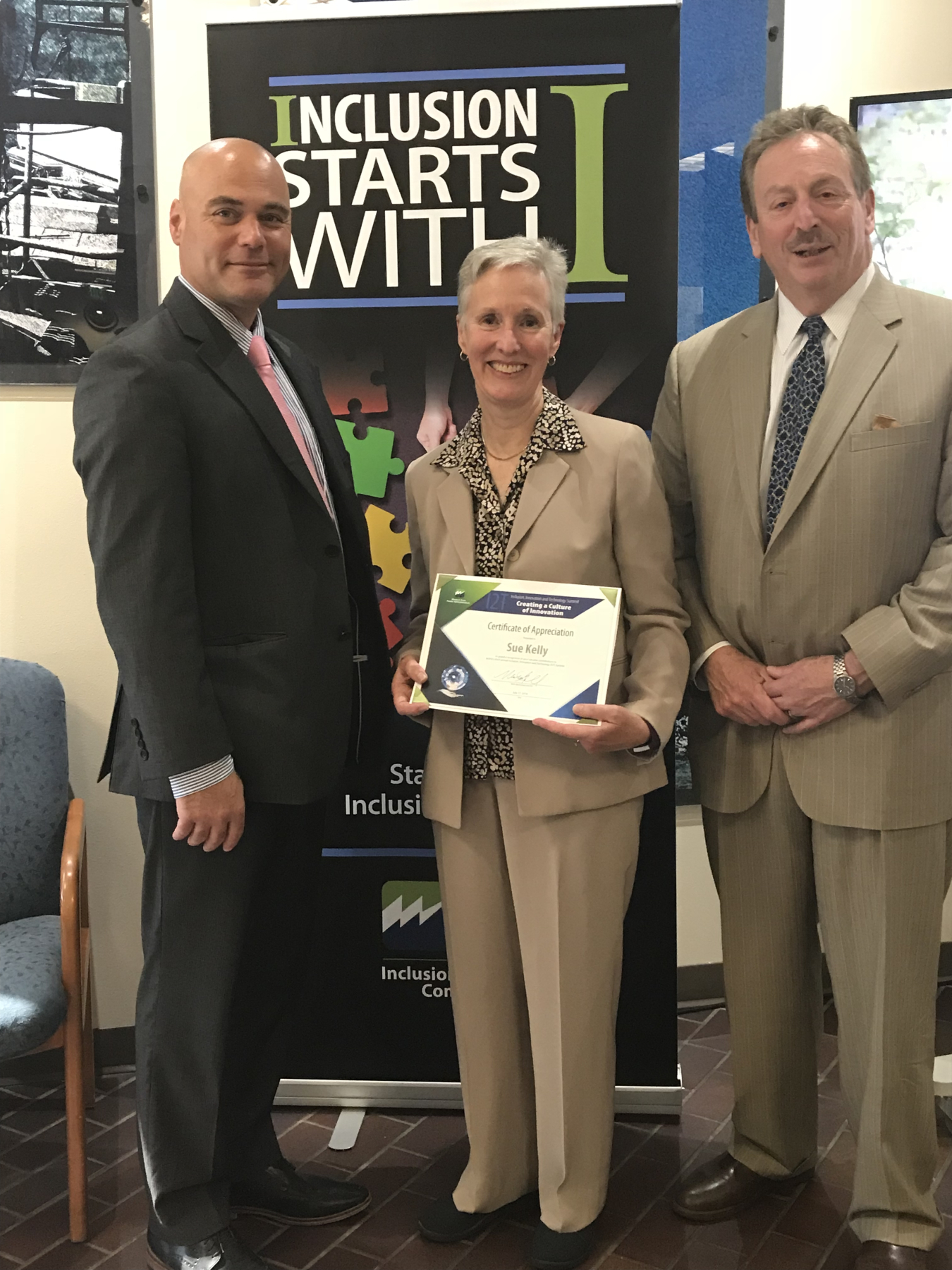
Finally, I rounded out the week with a visit to the Pacific Northwest National Laboratory (PNNL) where vitally-important R&D is being done every day to move the nation closer to a stronger, more reliable North American energy system. Throughout the day, I met with numerous PNNL experts and heard about their work and shared with them what OE’s priorities and how we are all working towards the same invaluable goals. All in all, a great conversation.
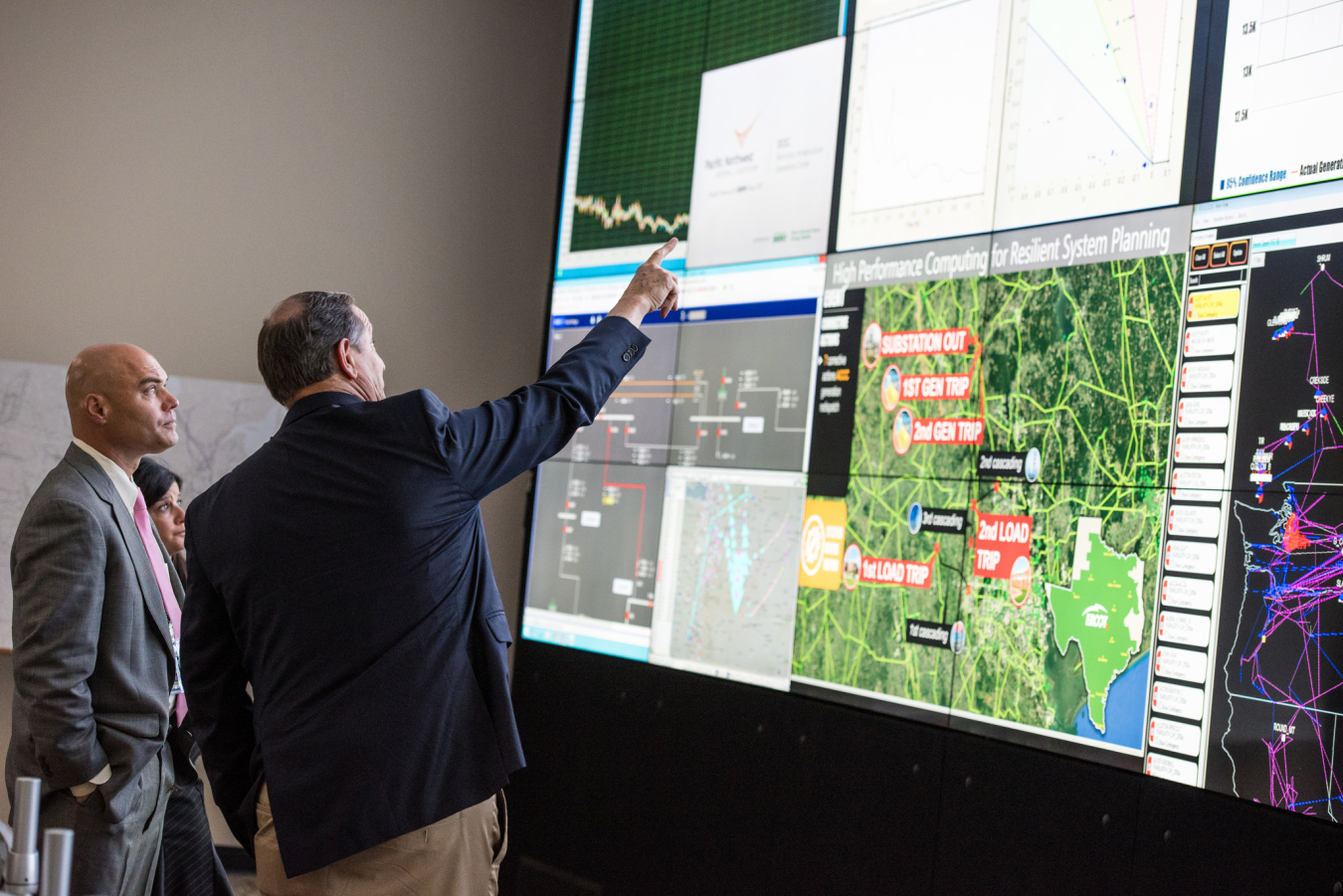
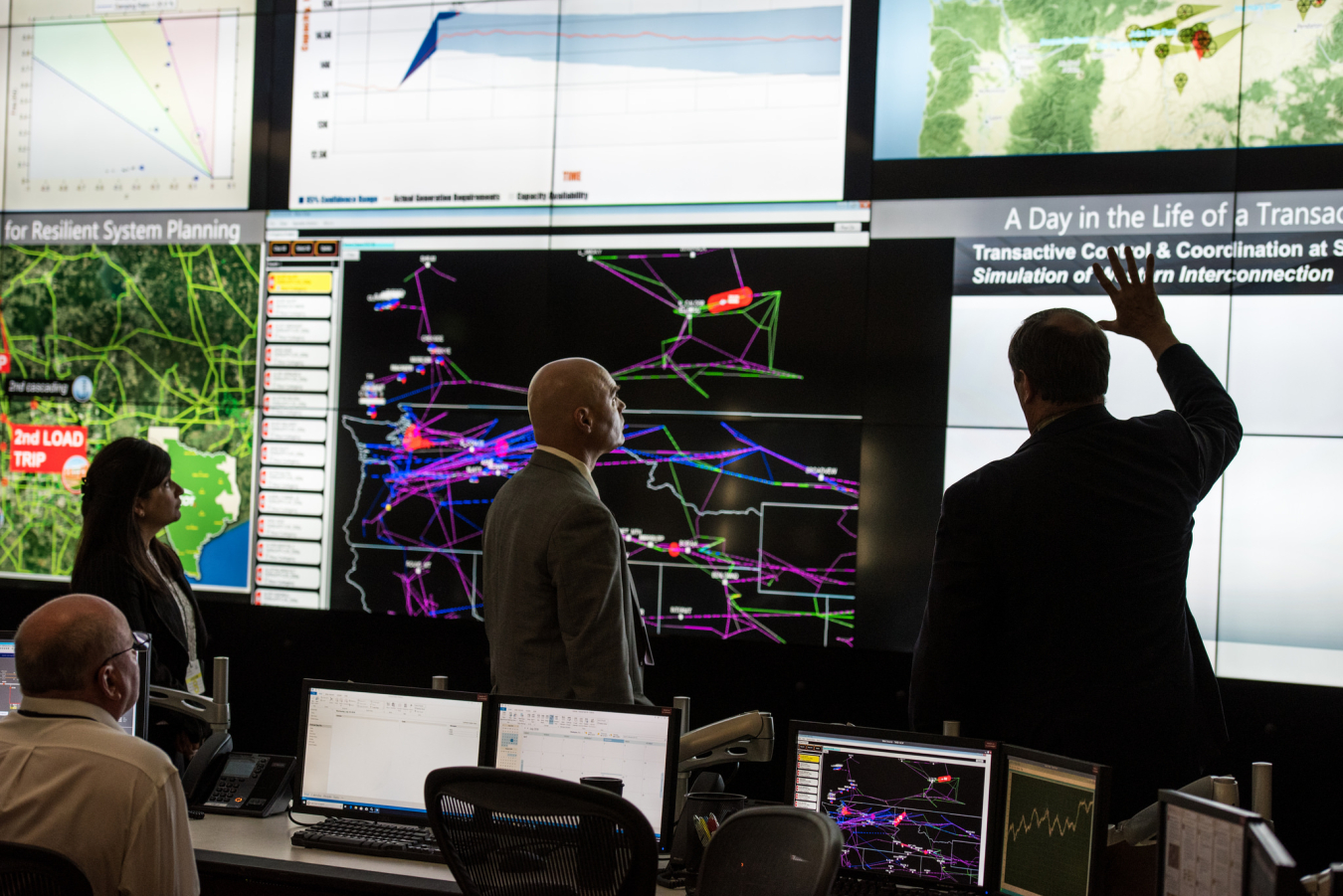
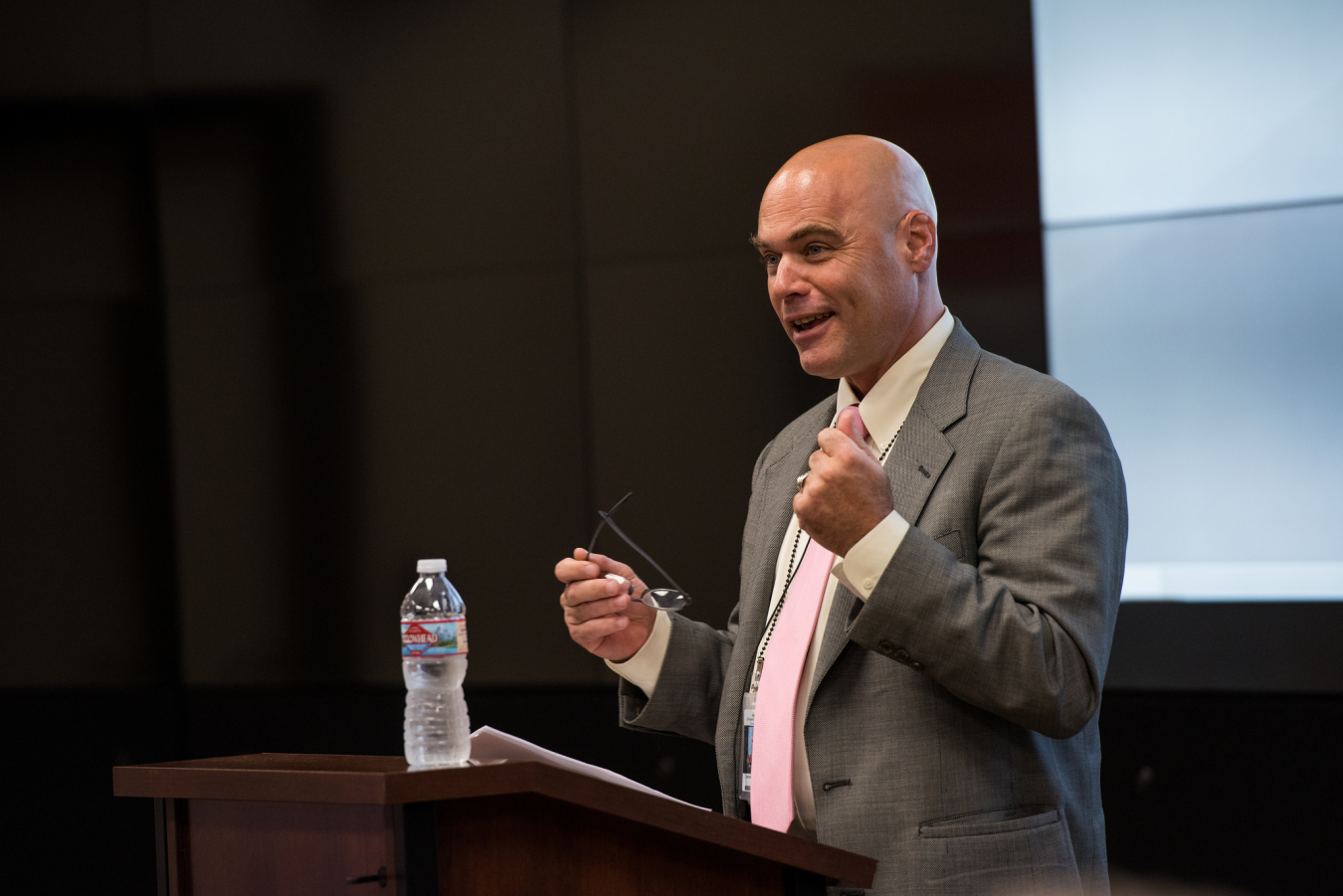
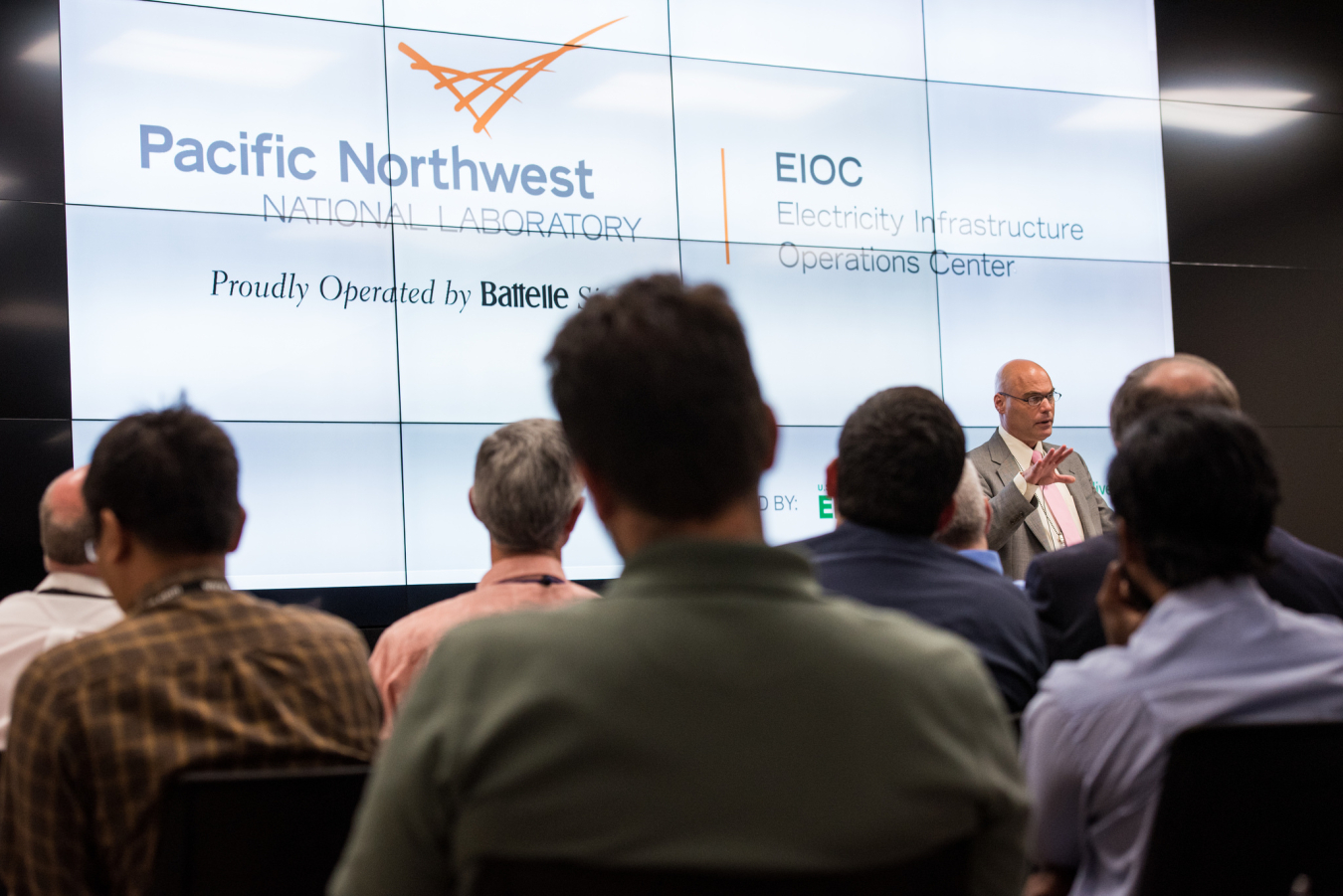
All of these meetings were extremely productive. I would like to thank the organizations that hosted the events and everyone who participated. Together, we are continuing to make great progress in making the nation’s energy system stronger and more secure.

